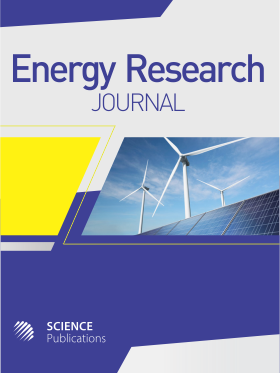Establishment, Verification and Application of a Correlation to Predict the Maximum Heat Flux of a Horizontal Closed-Loop Pulsating Heat Pipe
- 1 Silpakorn University, Thailand
Abstract
Problem statement: In heat pipe design, it was very important to be sure that the desired heat pipe would not operate in the MHF state. In the case of a vertical CLPHP, the MHF state and maximum heat flux could be predicted by using the correlation, while, in the case of a horizontal CLPHP, there had been no study presented how to calculate the maximum heat flux. Therefore, it was necessary to establish the correlation. Approach: To establish a correlation to predict the maximum heat flux of a horizontal closed-loop pulsating heat pipe and to verify a reliability of the correlation which was used to predict the maximum heat flux of the heat pipe used in an actual application especially when geometrical variables, working fluid properties and also heating and cooling medium types were extremely different from variables, properties and mediums used in the study to establish the correlation. The correlation to predict the maximum heat flux of a horizontal CLPHP was established after actual cause and trends of various parameters obtained from past quantitative and qualitative studies were determined and analyzed. After that, the correlation was calculated to predict the maximum heat flux of a closed-loop pulsating heat pipe which was applied to be a flat plate solar collector. The closed-loop pulsating heat pipe was made from a copper capillary tube with the evaporator section length of 1.0 m, the condenser section length of 0.2 m and the inner diameter of 1.06 mm and bent into 75 turns. R134a was filled as working fluid. Results: The correlation was successfully established after analysis on trends of effects of geometrical variables on the maximum heat flux and analysis on sequence and cause of the maximum heat flux state were done. It was seen that the maximum heat fluxes calculated from the correlation were higher than actual heat fluxes that the heat pipe could transfer entire range of operation, in turn; they were higher than the heat fluxes at the normal operating state. Conclusion: It was found that the maximum heat flux of a horizontal closed-loop pulsating heat pipe could be accurately predicted with a coefficient of determination and standard deviation of 0.68 and ±35% respectively. In addition, the correlation has been verified that it could be reliably used to predict the maximum heat flux although variables were not in a range used in experiments for the correlation establishment.
DOI: https://doi.org/10.3844/erjsp.2010.96.103

- 3,985 Views
- 2,922 Downloads
- 7 Citations
Download
Keywords
- Horizontal closed-loop pulsating heat pipe
- correlation
- maximum heat flux
